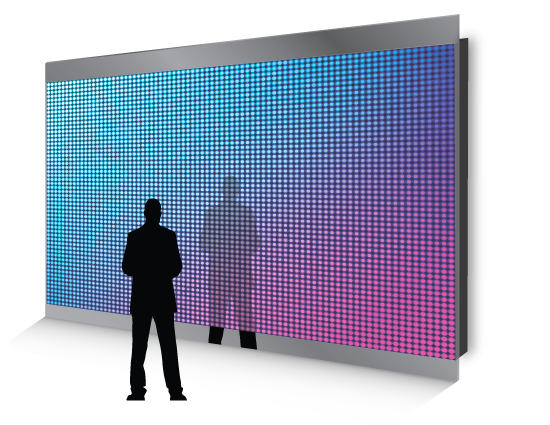LED wall panels have become more and more favored across different environments, including residences to businesses and communal spaces. Such screens are recognized due to the vivid and dynamic visuals, which make them suitable to conveying information, advertisements, and entertainment. Nevertheless, comprehending brightness illumination levels for Light Emitting Diode panel screens remains essential for ensuring optimal display performance. Brightness is quantified using metrics known as candelas, that indicate the amount of light is emitted from a screen. A greater number of number of nits, the more luminous a visual is. For, example, a panel boasting one thousand candelas stands significantly brighter than one featuring five hundred candelas, making it more suitable for brightly lit settings.

When selecting a Light Emitting Diode panel screen, one becomes important in consider the environment in which it will be placed. For well-lit lit spaces, like retail environments and open-air locations, higher increased luminosity rate becomes necessary to ensure visibility. Conversely, in dimmer settings, like cinemas and meeting spaces, lower diminished illumination rate might be adequate. This is because excessive bright unnecessary luminosity within an dim setting can lead to discomfort among the audience, causing them more difficult for concentrate with a screen. Therefore, understanding the specific requirements of an setup site will aid with selecting a suitable illumination rate to ensure ideal visual experience.
A further crucial element for consider is the contrast ratio of the Light Emitting Diode panel screen. This ratio measurement indicates how much difference exists between the brightest white versus the darkest black black that the screen is able to create. An greater differential ratio means that the display can present greater clarity as well as richness, which enhances overall image quality. For instance, a screen boasting an contrast ratio of 10,000:1 is able to show images with more vivid colors and crisper features than one with a ratio at 1,000:1. This becomes especially crucial in instances where displaying images or motion graphics which demand greater clarity and detail, such as presentations and advertising material.
Moreover, the technology that drives Light Emitting Diode panel panels plays an essential part in next page their brightness as well as total performance. Different types in Light Emitting Diode methods, such as OLED as well as Liquid Crystal Display, possess unique characteristics which impact the way brightness is perceived. OLED panels often provide better contrast as well as darker blacks, which can enhance a viewing experience within dim environments. On the other hand, standard Light Emitting Diode screens may be better in bright environments because of the ability to generate greater levels of illumination. Comprehending these technological variances will guide users to deciding on informed choices according to specific specific needs.
In conclusion, regular maintenance as well as adjustment of Light Emitting Diode panel screens may assist maintain optimal brightness as well as efficacy over time. Dirt as well as dirt can build up in the screen, impacting the brightness as well as clarity of a display. Periodic washing and professional adjustment can ensure the the panel functions at its optimal, providing consistent visual clarity. Additionally, certain advanced LED panel panels come built-in built-in options which allow operators to adjust illumination levels and hue settings according to individual preferences. By implementing view publisher site such steps, operators will guarantee that LED LED wall screens deliver an best display efficiency, regardless of where setting where which these are used.